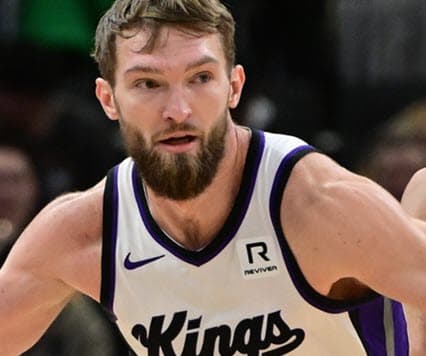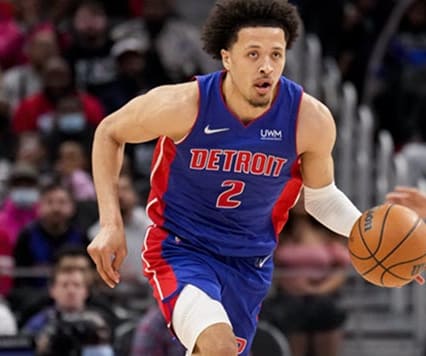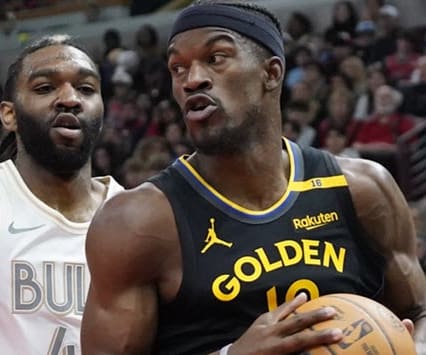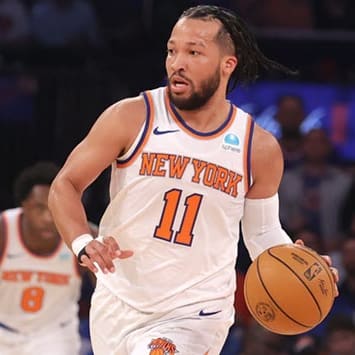Questionable
Injury Knee
Est. Return 10/16/2025
2024 Stats
PTS
5.9
REB
3.4
AST
2.4
STL
0.7
BLK
0.5
2025 Projections
2025 Fantasy Outlook
Anderson will suit up for his third team in the past three years, albeit a team that is likely to have no interest in keeping him around long-term. The veteran played a combined 61 games for the Heat and Warriors during the 2024-25 season, averaging 5.9 points, 3.4 rebounds and 2.4 assists in 16.4 minutes per contest. Now with the Jazz, there is no reason to think he will step into a larger role given the team's current trajectory. While he can still be a factor in the NBA, Utah simply has no reason to play him ahead of guys like Ace Bailey, Taylor Hendricks and Cody Williams. Anderson will likely play a muted role off the bench, with a trade to a contender seemingly his best path to logging meaningful minutes. Read Past Outlooks
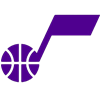
Still out Monday
Anderson (knee) has been ruled out for Monday's preseason game against the Mavericks, Andy Larsen of The Salt Lake Tribune reports.
ANALYSIS
Anderson will take a seat Monday after playing a limited reserve role during Utah's first two preseason games. The veteran's final chance to suit up during the preseason will come Thursday in Portland.
Anderson will take a seat Monday after playing a limited reserve role during Utah's first two preseason games. The veteran's final chance to suit up during the preseason will come Thursday in Portland.
NBA Per Game Stats
Per Game
Total
Per 36
NBA Per Game Stats
Loading Per Game Stats...
2024 NBA Game Log
2024
2023
2022
2021
2020
2019
2018
2017
2016
2024 NBA Per Game Split Stats
Schedule
By Month
Starting/Off Bench
Days Rest
Vs Opp
By Result
2024 NBA Per Game Split Stats
Loading Split Stats...
Advanced Stats
Loading Advanced Stats...
Stat Review
2024
2023
2022
2021
2020
2019
2018
2017
2016
How does Kyle Anderson compare to other players?
This section compares his stats with all players from the previous three seasons (minimum 200 minutes played)*. The bar represents the player's percentile rank. For example, if the bar is halfway across, then the player falls into the 50th percentile for that stat and it would be considered average.
True Shooting %
55.7%
Effective Field Goal %
51.5%
3-Point Attempt Rate
13.4%
Free Throw Rate
28.4%
Offensive Rebound %
6.3%
Defensive Rebound %
16.7%
Total Rebound %
11.5%
Assist %
20.2%
Steal %
1.4%
Block %
2.7%
Turnover %
7.3%
Usage %
15.7%
Fantasy Points Per Game
17.7
Fantasy Points Per Minute
1.0
NBA Historical Fantasy Stats
Historical ADP
Loading Historical ADP...
Jazz Depth Chart
Our full team depth charts are reserved for RotoWire subscribers.
Subscribe Now
Jazz Rotation: Minutes Breakdown
Loading Jazz Rotation Data...
Average Fantasy Points
Minutes
FanDuel
DraftKings
Yahoo
FantasyDraft
Head2Head
Sorare
Average Fantasy Points are determined when Kyle Anderson was active vs. non-active during the season. Click here to view average fantasy points for a different time period.
Loading Average Minutes...
Past Fantasy Outlooks
2024
2023
2022
2021
2020
2019
2018
2017
2015
2014
Anderson signed a three-year, $27 million contract with the Warriors during the offseason. The veteran is expected to fill a similar role to the one he had with the Timberwolves in 2023-24, coming off the bench regularly but filling in either of the forward spots and even at shooting guard if needed in a starting role. Unfortunately for him, the Warriors are pretty much two players deep at nearly every position except center. If Anderson battles for frontcourt minutes, he'll do so against Draymond Green, Jonathan Kuminga and Moses Moody. If he aims to earn minutes in the backcourt, he'd battle De'Anthony Melton and Buddy Hield, two of the other signings in free agency to replace Klay Thompson. Anderson will probably have to settle by playing around 20 minutes per game without a clear role. He'll get his numbers one way or another, but given the roster situation and the fact he doesn't really stand out in any category, Anderson might not have much fantasy upside with the Warriors.
More Fantasy News

Sits out practice Sunday
Anderson did not practice Sunday due to right knee tendinitis, according to KSL Sports.
ANALYSIS
Subscribe now to instantly reveal our take on this news.
Subscribe now to instantly reveal our take on this news.

Joins Utah
The Heat traded Anderson and Kevin Love to the Jazz on Monday in a three-team deal that sent John Collins (ankle) to the Clippers and Norman Powell to the Heat, Shams Charania of ESPN reports.
ANALYSIS
Subscribe now to instantly reveal our take on this news.
Subscribe now to instantly reveal our take on this news.
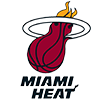
Limited to eight minutes
Anderson ended with zero points (0-1 FG) in eight minutes during Monday's 138-83 loss to Cleveland in Game 4 of the first round of the Eastern Conference playoffs.
ANALYSIS
Subscribe now to instantly reveal our take on this news.
Subscribe now to instantly reveal our take on this news.

Available for Game 4
Anderson (illness) is available for Monday's Game 4 against the Cavaliers, Tim Reynolds of Associated Press reports.
ANALYSIS
Subscribe now to instantly reveal our take on this news.
Subscribe now to instantly reveal our take on this news.

Questionable Monday
Anderson (illness) is listed as questionable for Monday's Game 4 against the Cavaliers.
ANALYSIS
Subscribe now to instantly reveal our take on this news.
Subscribe now to instantly reveal our take on this news.
Latest Fantasy Rumors
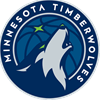
May not return to T-Wolves
Anderson isn't expected to re-sign with Minnesota, Jon Krawcyznski of The Athletic reports.
ANALYSIS
Anderson struggled mightily from beyond the arc during the 2023-24 season, knocking down 22.9 percent of his tries from deep in the regular season. His shooting struggles along with an inflated team payroll will make it difficult to justify bringing the 30-year-old back, and Krawcyznski also notes that the two sides are far apart on a contract, at least at the start of free agency. It's also possible that Anderson will test the open market and ultimately take a pay cut to return to Minnesota if he's not impressed by the interest he draws.
Anderson struggled mightily from beyond the arc during the 2023-24 season, knocking down 22.9 percent of his tries from deep in the regular season. His shooting struggles along with an inflated team payroll will make it difficult to justify bringing the 30-year-old back, and Krawcyznski also notes that the two sides are far apart on a contract, at least at the start of free agency. It's also possible that Anderson will test the open market and ultimately take a pay cut to return to Minnesota if he's not impressed by the interest he draws.





